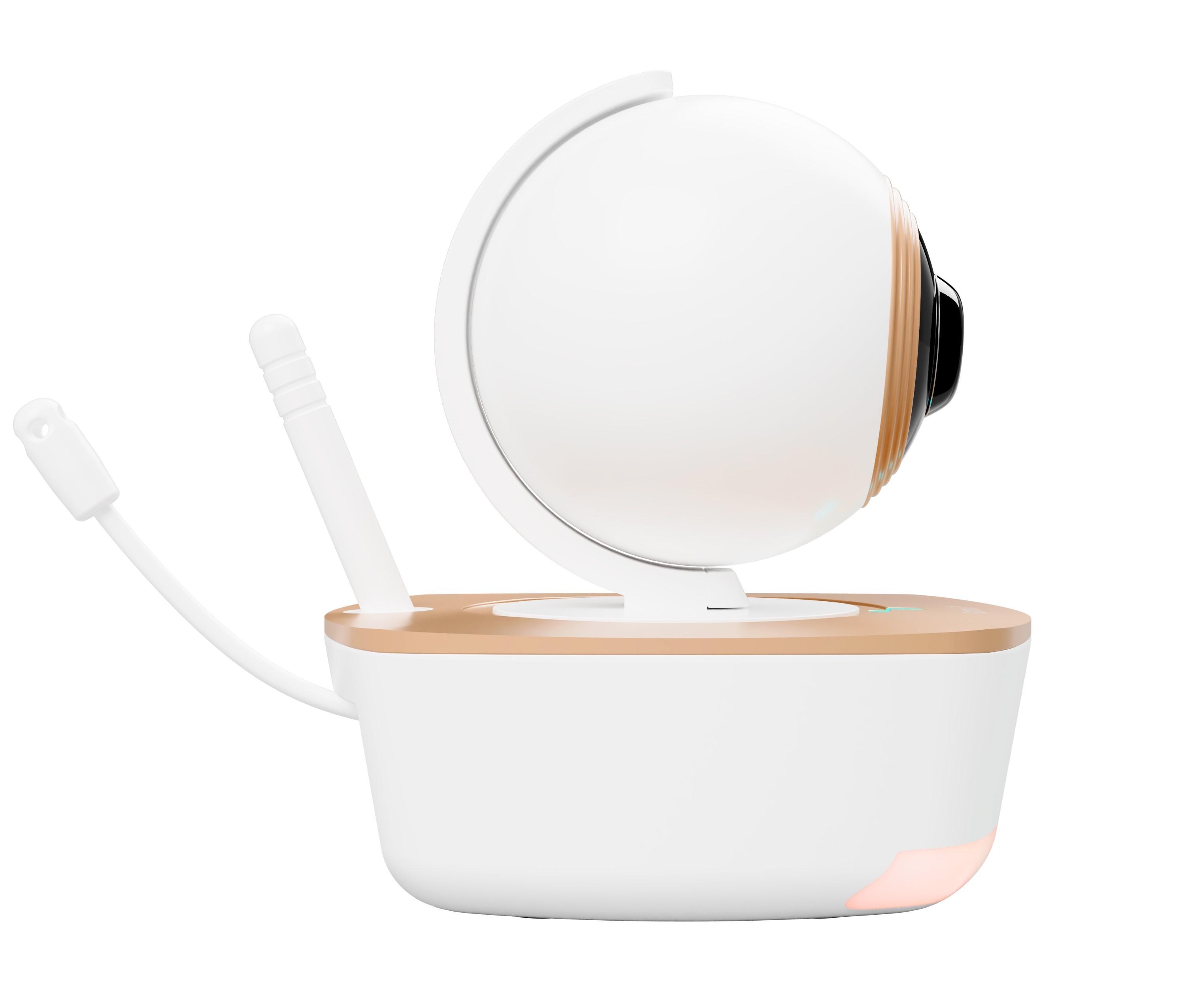Baby Monitor Market: How to Choose the Right Device for Your Family

Selecting the right baby monitor can be a daunting task for new parents. With a myriad of options available—ranging from basic audio devices to advanced smart monitors equipped with high-tech features—making an informed decision is essential for ensuring your child’s safety and your peace of mind. This article provides valuable insights from the market to help you choose the right baby monitor that fits your needs.
Understanding Your Needs
Before diving into the specifics of different models, it’s crucial to assess your needs. Consider the following questions:
-
What features are essential?: Do you need just audio monitoring, or would you prefer video capabilities? Are advanced features like health monitoring or smart home integration important to you?
-
What is your budget?: Baby monitors come in a wide price range. Setting a budget will help narrow down your options and ensure you find a monitor that offers the best value for your investment.
-
Where will you use the monitor?: If you plan to use the monitor in multiple locations, portability may be a key factor. Some monitors are easier to move from room to room than others.
Key Features to Consider
When choosing a baby monitor, it’s essential to understand the various features available. Here are some key features to consider:
-
Audio vs. Video: Basic audio monitors are budget-friendly and sufficient for many parents. However, video monitors offer a visual connection, allowing you to see your baby at all times. Consider if the added visual component is worth the investment.
-
Night Vision: If you plan to monitor your baby during nighttime, night vision capabilities are crucial. Many video monitors come with infrared night vision, allowing you to see clearly in low-light conditions.
-
Two-Way Audio: This feature allows you to communicate with your baby from another room. It can be comforting for both parents and babies, making it easier to soothe your child without physically being there.
-
Smart Features: Smart monitors connect to your smartphone, offering remote access, alerts, and additional functionalities like temperature monitoring or sleep tracking. If you’re tech-savvy, these features can enhance your monitoring experience.
-
Range and Connectivity: Ensure the monitor has a sufficient range to cover your home. Additionally, look for models with secure connectivity options, such as Wi-Fi encryption, to protect your privacy.
-
Battery Life: For portable monitors, battery life is an important consideration. A longer battery life allows for greater flexibility and peace of mind, especially during travel.
Market Trends and Consumer Insights
Understanding current market trends can also guide your choice:
-
Rising Demand for Smart Monitors: There is a growing trend towards smart baby monitors that integrate with home automation systems. Parents are increasingly interested in monitors that offer app connectivity and smart alerts.
-
Focus on Safety and Privacy: With the rise of connected devices, safety and privacy have become paramount concerns. Look for monitors with robust security features, including data encryption and secure connections.
-
Consumer Reviews and Comparisons: Many parents rely on reviews and product comparisons to make decisions. Researching user feedback can provide insight into the reliability and functionality of different models.
-
Sustainability Considerations: More consumers are considering eco-friendly products. Brands that prioritize sustainable materials and manufacturing processes are gaining traction in the market.
Tips for Making Your Decision
-
Test Before You Buy: If possible, test the monitor in-store to evaluate its features and ease of use. Check for audio clarity, video quality, and the user interface of any smart features.
-
Read User Reviews: Research online reviews to gain insights from other parents about their experiences with specific monitors. Look for consistent feedback regarding reliability and performance.
-
Consider Longevity: Some monitors are designed to grow with your child, offering features that adapt as your parenting needs change. Consider models that will provide value over time.
-
Evaluate Warranty and Support: Check the warranty period and customer support options offered by the manufacturer. A reliable warranty can provide peace of mind in case of any issues.
- Art
- Causes
- Crafts
- Dance
- Drinks
- Film
- Fitness
- Food
- Juegos
- Gardening
- Health
- Home
- Literature
- Music
- Networking
- Other
- Party
- Religion
- Shopping
- Sports
- Theater
- Wellness


